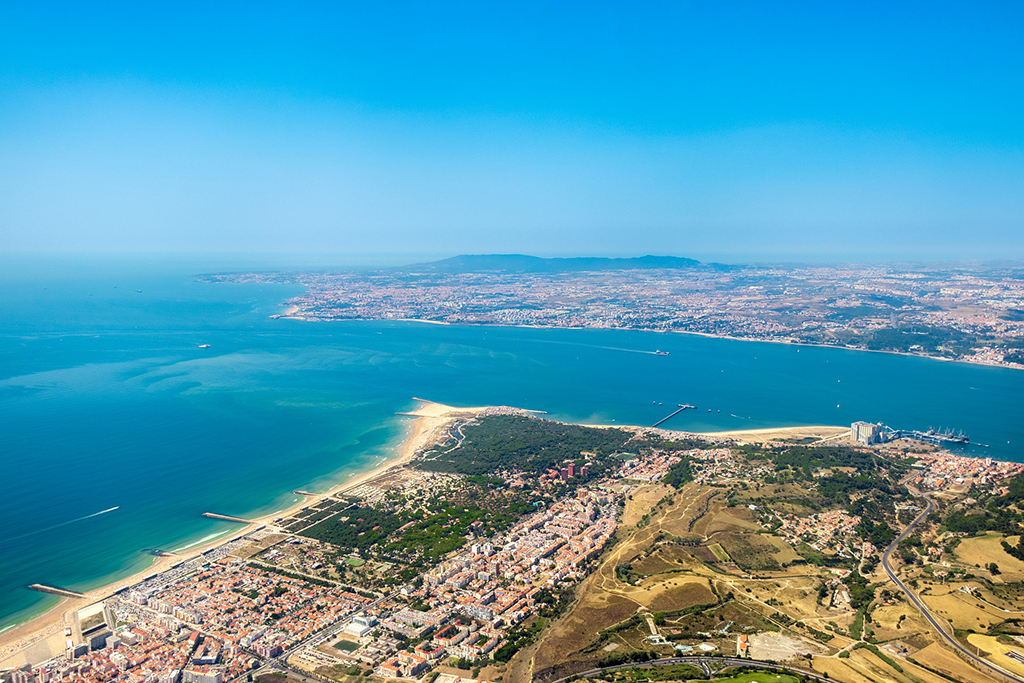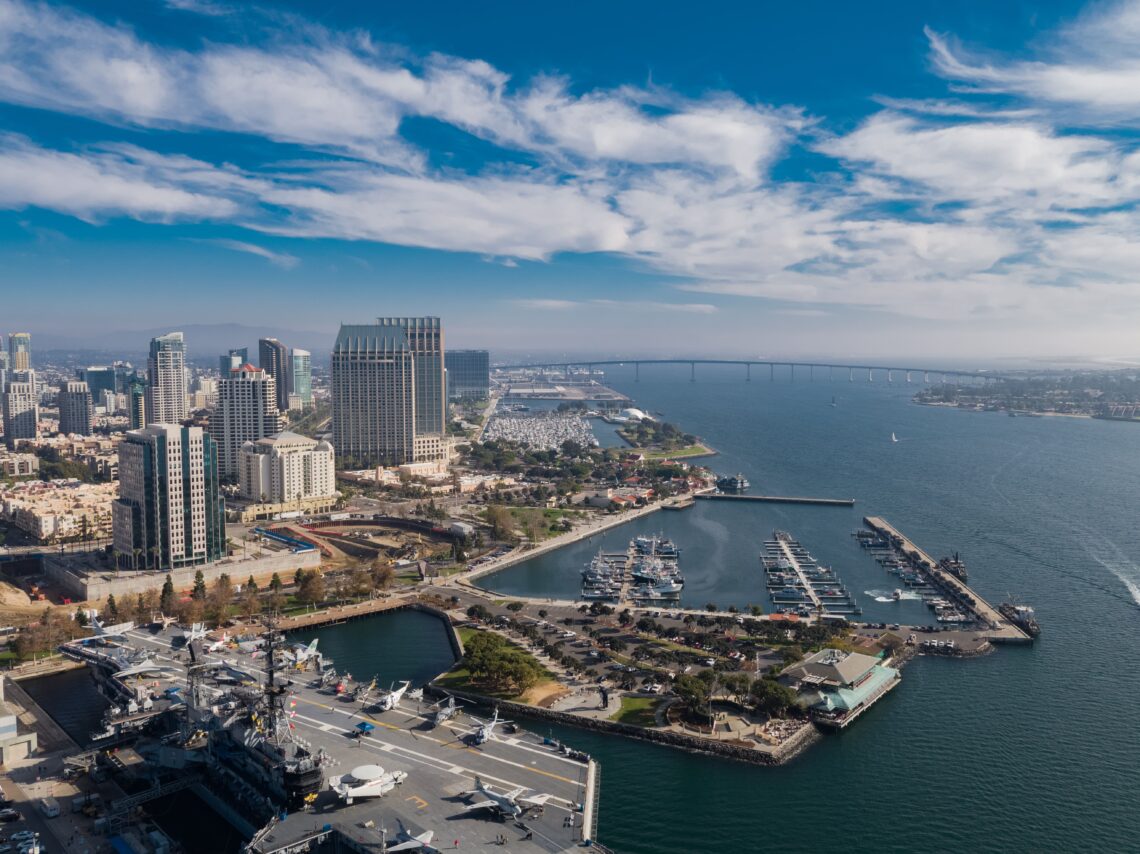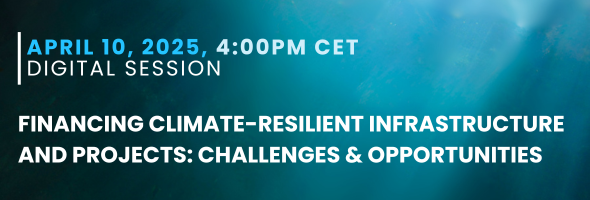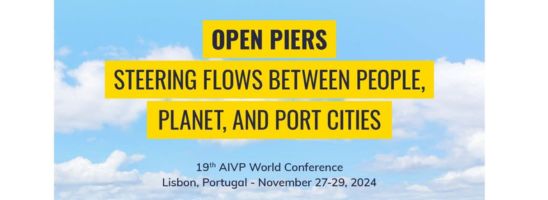
Ports city territories are at the front-line of climate change adaptation. In this article, Prof. Austin Becker briefly presents the challenges and how combining different approaches will be necessary to increase the resiliency of these coastal regions.
Climate change may be the greatest environmental challenge that global society has ever faced. The AIVP has joined the UN’s Sustainable Development Goals to commit to being a part of the solution. The first of AIVP’s 10 commitments is “adaptation to climate change.” Ports and cities can and must work together to anticipate the consequences of climate change on maritime and river port cities. Coastal communities around the world are up against a confluence of threats from sea level rise, intensifying storm events, and extreme precipitation, not to mention myriad other climate related issues. Overcoming the challenge requires a two-pronged approach: On the one hand, we must do all we can to reduce (or even reverse) global emissions so as to slow or stop the warming trend; on the other hand we must take proactive and aggressive measures to adapt to the new conditions that science suggests will be upon us in the coming decades. As a critical member of global society, maritime transportation and ports must be on the front lines of both prongs of the approach. But, ports and shipping cannot do it alone: They must partner with their host communities and other stakeholders to advance solutions.
From the local to the global scale, society depends on maritime transport to enable life as we know it. More than 3,000 ports around the world serve as transfer points for energy products (coal, oil, and gas), manufactured goods, and raw materials. These include massive container ports (e.g., Rotterdam), to small niche ports that serve one type of freight (e.g., petroleum, coal, grain, or fishing). Ships move raw materials and finished products around the world’s waterways, bringing jobs and improvements to quality of life. Without maritime commerce, the global economy would grind to a halt. Cities, in fact, have grown and thrived thanks to the ports they host, with other infrastructure developing outward from the seaport and advantaging the city in myriad ways. Ports, and their cities, enjoy economic advantages from their locations, but these estuarine areas also tend to be of critical from an ecological perspective. An “estuary,” defined as the part of a river’s mouth where the river current meets the tide, provides highly-productive for much of the world’s marine life. It is thus in the interest of self-preservation, as well as the greater good, that ports and their host communities must direct resources toward understanding and strategizing for these new environmental realities.

As major participants in the carbon economy, ports must prioritize new technologies and forward-thinking policies that lead to a reduction in emissions, as it is also indicated in the second goal of the AIVP Agenda regarding the energy transition. A global fleet of more than 50,000 commercial vessels already produces less GHG emissions per unit shipped than land or air modes. However, emissions from maritime industries contribute significantly to global warming, with shipping responsible for 1.5 – 3% of total global CO2 emissions. To address this, ports and shipper have initiated programs to curb their impact on global warming. The World Ports Climate Initiative assists ports through showcasing projects that reduce greenhouse gas emissions and improve air quality. For example, the WPCI created a new Environmental Ship Index scheme. The ESI creates an incentive for shipping companies to reduce the impacts of their vessels and earn the right to claim a high standard for environmental responsibility and to fly a “clean ship” flag. Terminal operations, too, emit pollutants and new regulations are requiring ports to upgrade their equipment. “Cold ironing,” for example, allows ships to utilize shore power rather than relying on their own shipboard power plants, resulting in lower port emissions and opportunities to utilize cleaner energy from the local power utility.
In addition, ports must consider their business goals, their host communities, and the function they play in global trade and take steps to enhance their own resilience. Rising sea levels will chronically inundate some low-lying ports during regular tidal cycles and higher storm surge levels will cause more episodic extreme events. For some ports, sea level rise also will reduce air draft, or under-bridge clearances, and cause other problems for the interdependent infrastructure, like rail, pipelines, and bridges. Ports in developing nations will have different options and challenges than those in developed nations. Ports located in estuaries that provide nursery environments for marine life have an even greater responsibility to protect coastal waters. Elevating, diking, or moving entire ports are some of the more drastic measures that will need to be considered. Some ports and their host cities have already begun to take action to increase their resilience, but such actions require significant investment. For some ports, such as Rotterdam, becoming flood resistant means constructing flood defenses such as barriers and storm gates. But there are also opportunities to “build with nature” that allow for shifting marshes and coastlines. Eventually, we also see cases that are combining both approaches, as San Diego.

As global population increases, especially in cities and coastal areas, and as nations strive to improve their citizens’ quality of life, international shipping likewise expand. Current forecasts project a doubling of cargo movement by 2040. The complexity of both adaptation and mitigation require the scientific community, policy makers, and the port authorities to work with other stakeholders to find financially sustainable solutions that also consider environmental and social concerns. To become more resilient to the impacts of climate change and to play a role in mitigating the acceleration of climate change, port decision makers will need to implement new strategies that range from policies (i.e., changing building codes), to design (i.e., creating new protective structures), to practices (i.e., emergency drills or alert systems).





